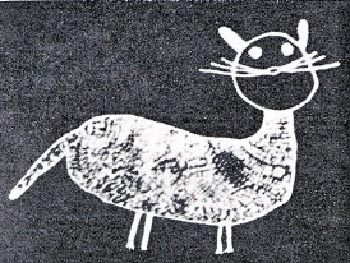Maintenance of an artificial controversy: Art pedagogy and crafts tradition in the subject Art and crafts
DOI:
https://doi.org/10.7577/formakademisk.203Keywords:
Kunst- og designdidaktikk, fagtradisjon, kunstpedagogikk, encyklopedisk danning, skulehistorikkAbstract
This article discusses the history of the Norwegian school subject, Art and crafts, from the perspective of traditions in other Nordic countries like Sweden and Denmark. (Kunst og handverk in Norwegian, and named Bild/Billedkunst and Slöjd in Sverige and Danmark). The article examines how two ideological points of view, art pedagogy and the crafts tradition, are segmented in the subject. It addresses how actors in this field valuate different aspects of art and design activities and what ideologies this reflects. On the basis of this, the article presents theories on how actors in the Norwegian field of art and crafts have created an artificial and obsolete controversy between art pedagogy and the crafts tradition. It observes that the preservation of this controversy has caused stagnation in the development of the verbal culture and a weak critical mass in the field of art and design education.

Downloads
Published
How to Cite
Issue
Section
License
Authors who publish with this journal agree to the following terms:
- Authors retain copyright and grant the journal right of first publication with the work simultaneously licensed under a Creative Commons Attribution 4.0 License that allows others to share the work with an acknowledgement of the work's authorship and initial publication in this journal.
- Authors are able to enter into separate, additional contractual arrangements for the non-exclusive distribution of the journal's published version of the work (e.g., post it to an institutional repository or publish it in a book), with an acknowledgement of its initial publication in this journal.
- Authors are permitted and encouraged to post their work online (e.g., in institutional repositories or on their website) prior to and during the submission process, as it can lead to productive exchanges, as well as earlier and greater citation of published work (See The Effect of Open Access).
- The author(s) must manage their economic reproduction rights to any third party.
- The journal makes no financial or other compensation for submissions, unless a separate agreement regarding this matter has been made with the author(s).
- The journal is obliged to archive the manuscript (including metadata) in its originally published digital form for at least a suitable amount of time in which the manuscript can be accessed via a long-term archive for digital material, such as in the Norwegian universities’ institutional archives within the framework of the NORA partnership.
The material will be published OpenAccess with a Creative Commons 4.0 License which allows anyone to read, share and adapt the content, even commercially under the licence terms:
This work needs to be appropriately attributed/credited, a link must be provided to the CC-BY 4.0 licence, and changes made need to be indicated in a reasonable manner, but not in any way that suggests that the licensor endorses you or your use.



